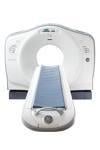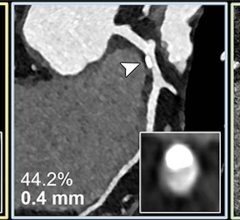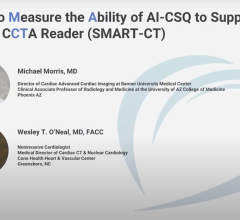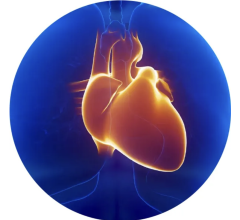
March 30, 2009 - GE Healthcare showed new technology for cardiovascular CTA to improve image quality and workflow, while reducing radiation dose during the 58th Annual American College of Cardiology (ACC) meeting.
GE said it offers the industry’s first high definition CT technology, introduced on GE’s Discovery CT750 HD. The improved spatial resolution reduces calcium blooming artifact to aid the physician in the accurate diagnosis of stenosis quantification and to manage patients appropriately for medical management and treatment.
Leveraging Gemstone technology with Adaptive Statistical Iterative Reconstruction (ASIR), the Discovery CT750 HD provides good image clarity while reducing dose to the patient by up to 50 percent throughout the heart and body. The combination of SnapShot Pulse and ASIR could enable sub-mSv cardiac CTA imaging.
Many of GE’s HD technologies are now incorporated in the new LightSpeed VCT XTe configuration, introduced to the field of cardiology for the first time at ACC. A new low-dose evolution of the proven LightSpeed VCT is engineered to change the way cardiologists use CT.
The LightSpeed VCT XTe advances clinical capability for cardiac imaging with:
- A new method of choice for cardiac imaging, SnapShot Pulse, reduces radiation dose by up to 83 percent.
- Exclusive ASIR Iterative Reconstruction technology that allows for up to 40 percent dose reduction for both retrospectively gated helical and prospectively gated axial exams.
- Real time scan control improves scan reliability in the case of unexpected arrhythmias. Existing VCT customers can now take advantage of these new HD technologies by upgrading their systems with new applications and lowering dose to prepare their cardiac departments for tomorrow’s challenges.
For more information: www.gehealthcare.com


 April 22, 2024
April 22, 2024 








